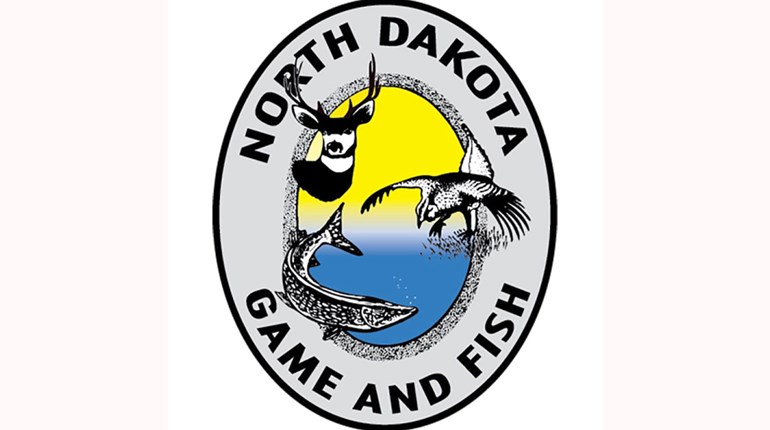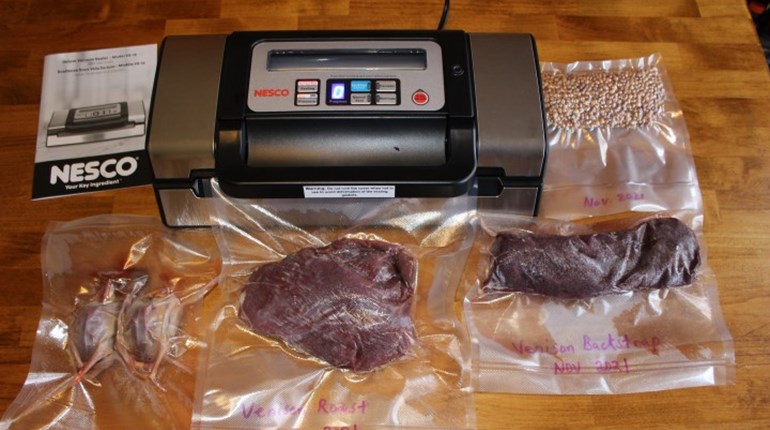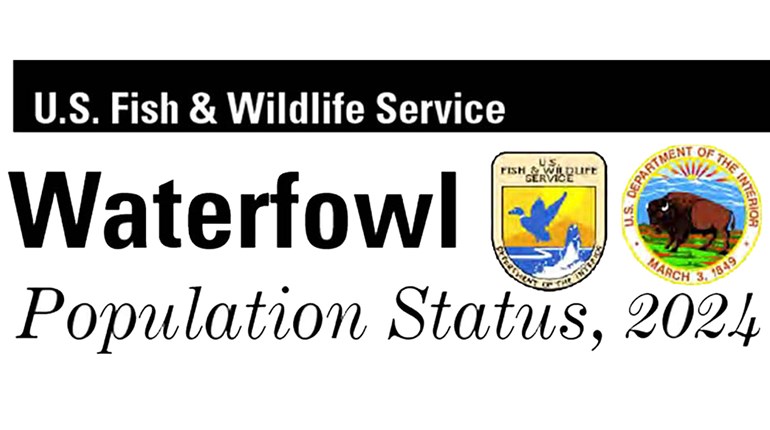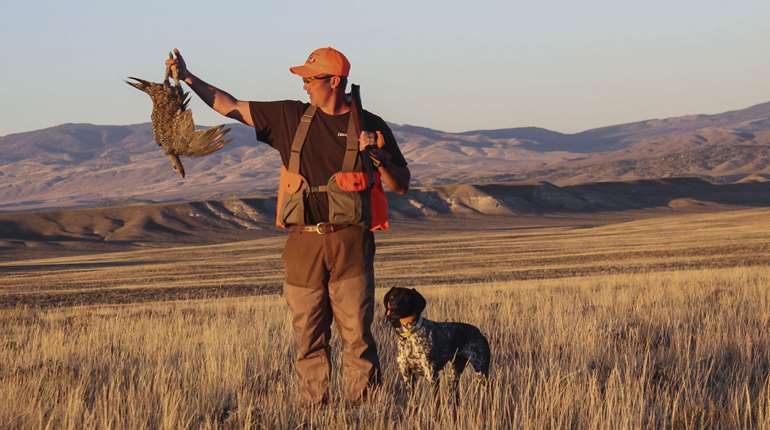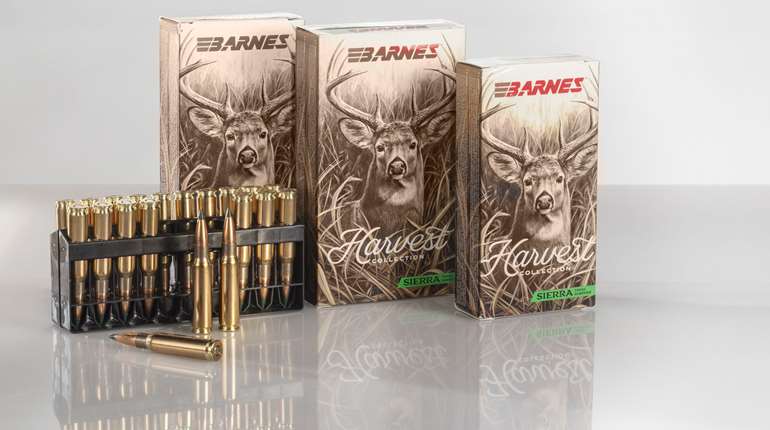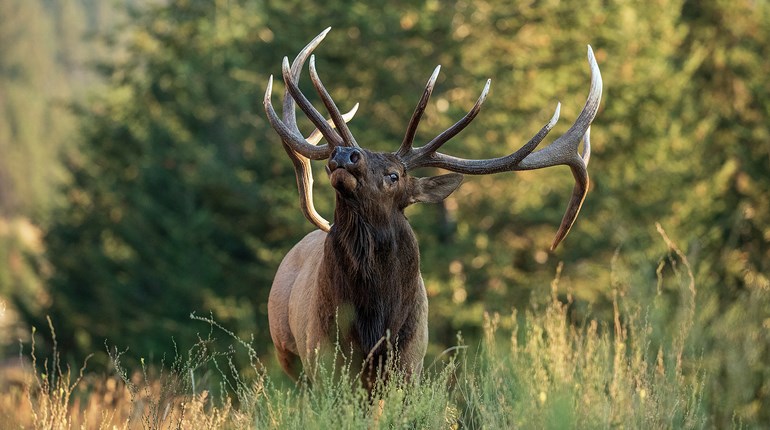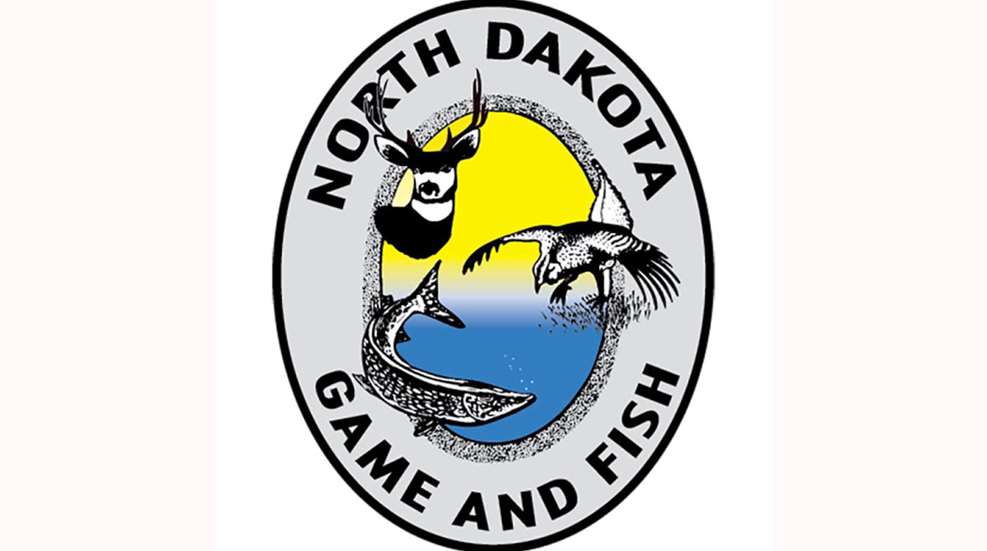
The North Dakota Game and Fish Department’s 78th-annual spring breeding duck survey conducted in May showed an index of about 2.66-million birds, down from 2.9 million in 2024 and 3.4 million in 2023.
The 2025 breeding duck index was the 33rd highest on record and exceeded the long-term (1948-2024) average by 7 percent, according to Mike Szymanski, Department migratory game bird supervisor.
"Things are continuing to decline a little bit as far as duck populations go. The mallard population estimate was down 26 percent from last year and is the lowest estimated mallard breeding population on our survey since 1993,” Szymanski said. “Blue-winged teal, green-winged teal and pintails also had significant population declines, whereas the declines for gadwall, shovelers and ruddy ducks were not as significant. We did have a few species – wigeon, canvasbacks, redheads and lesser scaup – that showed increases from last year on our survey.”
Szymanski said there are a few things factoring into the declines, including poor wetland conditions for early migrating species like mallards and pintails. Many of these birds, which arrived in North Dakota before the nourishing rains in May, likely spurned the state because of dry conditions and headed to search for breeding areas farther north. Also, the decline in breeding duck numbers has a lot to do with the loss of CRP and perennial grasses on the landscape used for nesting cover by ducks.
“We've lost so much grass on the landscape that it makes it really hard for duck populations and other ground-nesting birds to do well,” Szymanski said. “One metric we look at is going back to 1994 to 2016 when we had really good wetland conditions and a lot of grass, a lot of CRP on the landscape. Our total duck population is now down 34% from that time period's average, and our mallard breeding population in North Dakota is down 57 percent from that average. Those are pretty significant declines.”
Like in year’s past, Szymanski and crew covered more than 1,800 miles of transects counting wetlands and waterfowl down to the species and social grouping on both sides of the road. This spring, the wetland count was the 52nd highest on record but was down 38 percent from last year.
“We do our survey based on phenology and migration ecology of ducks coming through the state and this year it happened to be timed before we got quite a bit of rain later in May. So, not having much snow melt in the spring, our wetland counts were down quite a bit,” he said. “Conditions were pretty dry and that affected how ducks settled in the state. The western third of the state was very dry and then the eastern two thirds of the state was still quite dry, but a little bit better when we ran the survey.”
Szymanski reiterated that for duck populations to rebound in North Dakota and provide good opportunities for hunters, more grass and water are needed.
“North Dakota is the duck factory of the United States and North America. We have a lot of folks relying on us to produce ducks, not just our hunters here in North Dakota, but hunters all across the Central and Mississippi flyways,” he said. “When we have poor production in North Dakota, other folks feel it as well. Unfortunately, the direction we're going right now is smaller and smaller fall flights.”
As always, Szymanski cautions waterfowl hunters about reading too much into our survey numbers just yet. He said that while the Mid-continent duck populations aren’t what they once were, we’ll know more once the U.S. Fish and Wildlife Service releases their fall survey area results sometime in early fall.
“And we’ll see how July goes when we do our duck brood survey,” he said. “Wetland conditions are a little bit improved from where they were in early May, but they're still not great. We likely would have had disastrous production if we didn’t get the rain we got. Hopefully, having some fair wetland conditions going into June will help us out and get a little duck production this year.”












